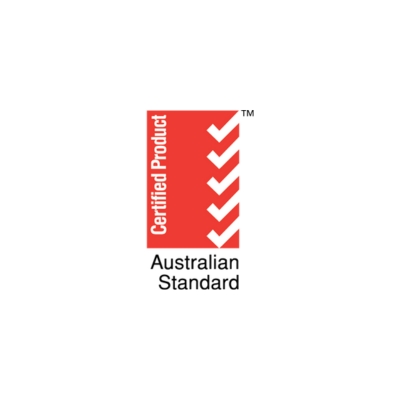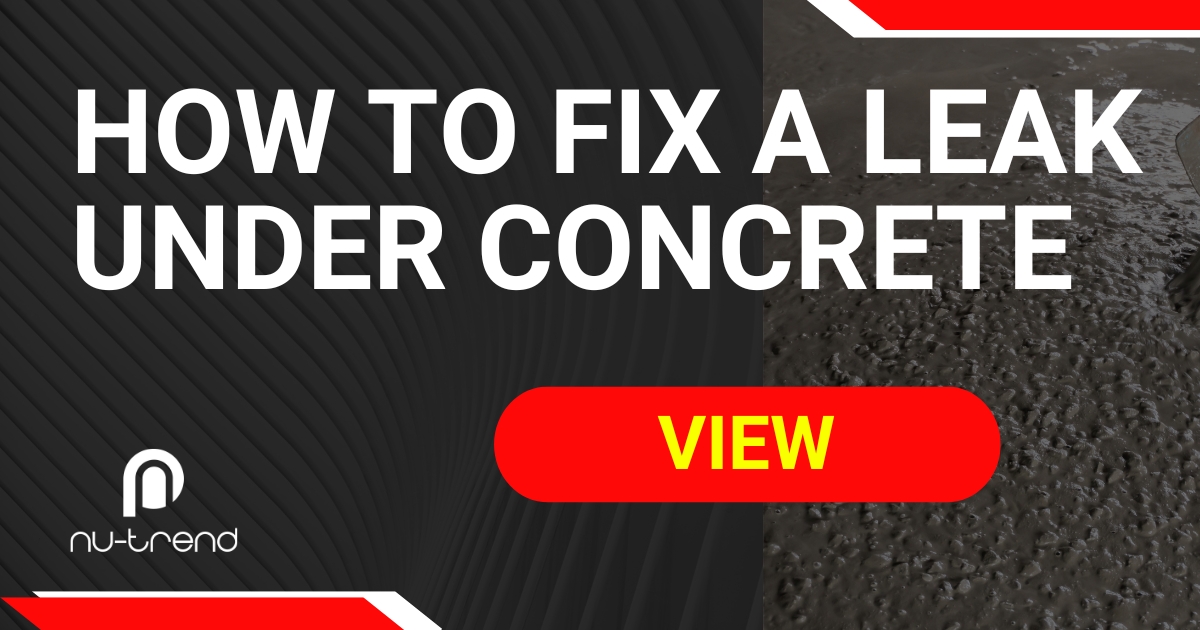A bathroom that is leaking could be due to rising damp
A plumber can help identify the cause of dampness in a bathroom
- A licensed plumber can detect bathroom water leaks
- Water leaks can be caused in different ways
- Water leaking under a home can cause structural damage

Nu-Trend is a plumber in Sydney that can help you identify the cause of a water leak in your bathroom. For the home owners of this house in Allawah in Sydney during heavy rain they noticed the cement board flooring was always wet in one corner of the bathroom. They thought it might have been a leaking pipe or blocked drain that was creating water to build up and leak inside the wall cavity.
Our plumbers did different tests to find the cause including checking the roof for leaks, any holes anywhere in connections basically looking for water that could be seeping or dripping anywhere. Unfortunately we couldn’t locate anything of that nature.
In the end the water leak was diagnosed as rising damp so together with our water proofer we worked out that the best way to repair this bathroom water leak was to go through a rising damp injection process which includes;
- Injections are made to the bathroom area, from outside and underneath the bathroom to reach the whole bathroom area. This is done by pumping the materials from Westox through 10mm holes that are drilled into the brick at predetermined depths and spacing.
- Then we introduce injection Iances into the holes and activate the expansion washers.
- We start with the injection through multi lancing along the wall until it is visually evident that full saturation has been achieved.
- The product then sites inside the brick for 24 hours after the injection is done so the brick will be crystallised and waterproof.
As you cam see from the photos above it was just the corner of the house was changing colour with the brick work. This was a very important water leak repair for the bathroom because if it was left as is, then over time water would have come through which would have created issues with the new render in the newly built bathroom and void its warranty.
Water would basically seep through the brick, through the render and start pushing the water proofing off the render and eventually crack all membrane and potentially cause movement of tiles which can lead to them falling off the walls and further water leaks.
Can rising damp cause water leaks in a bathroom?
Rising damp is a form of moisture damage that occurs when groundwater rises up through the walls of a building by capillary action. This phenomenon typically affects older homes in Sydney, but can also occur in newer structures if there is a lack of proper damp-proofing measures. The causes include;
- Lack of Damp-Proof Course (DPC): A DPC is a horizontal barrier in a wall designed to prevent moisture from rising. Older buildings often lack this feature, leading to rising damp.
- Deterioration of Existing DPC: Over time, the effectiveness of a DPC can diminish due to wear and tear, becoming cracked or damaged, which allows moisture to seep through.
- Porous Building Materials: Bricks and mortar can be highly porous, absorbing moisture from the ground. If these materials are used without adequate protection, they can contribute to rising damp.
- High Water Table: In areas with a high water table, groundwater can exert pressure on building foundations, causing moisture to rise through the walls.
- Poor Drainage: Ineffective drainage systems around the home can lead to water pooling near the foundations. This increases the likelihood of moisture penetration into the walls.
- Climate: Sydney’s climate, characterised by significant rainfall, can exacerbate the problem. Prolonged wet conditions increase the amount of water that can be absorbed by the ground and the building materials.
- Construction Defects: Poor construction practices or the use of substandard materials can also result in rising damp. This includes insufficient sealing and gaps in the masonry.
Symptoms of rising damp can include;
- Tide Marks and Stains: Visible marks or stains on walls, typically up to a metre above the floor, are a common sign of rising damp.
- Damp Patches: These patches might feel wet to the touch and are often accompanied by a musty smell.
- Peeling Paint or Wallpaper: The moisture can cause paint to bubble and peel or wallpaper to lift away from the wall.
- Salt Deposits: Known as efflorescence, these white, powdery deposits are left behind when moisture evaporates, leaving salts on the surface of the walls.
- Damage to Plaster: Plaster may become soft, crumbly, and eventually start to fall away from the wall.
Prevention and Treatment of rising damp can include;
- Installation of a new DPC: Injecting a chemical damp-proof course can create a barrier to rising moisture.
- Improving Drainage: Ensuring proper drainage around the building to direct water away from the foundations can help prevent rising damp.
- Using Waterproofing Materials: Applying waterproof coatings to walls can provide additional protection against moisture ingress.
- Repairing Leaks: Fixing any plumbing leaks promptly to reduce the overall moisture level around the home.
- Ventilation: Improving ventilation can help reduce humidity levels inside the home, thus reducing the risk of rising damp.
Rising damp can lead to serious structural and health issues if not addressed promptly. Regular inspections and maintenance are essential to protect your home from this pervasive problem if you have an older style house in Sydney. If it happens under a bathroom or laundry it can lead to waterproofing failure and cause other more extensive structural issues to the home.
Here are some more free advice articles about getting plumbing or water leaks fixed in Sydney.
Local, licensed & insured
Plumber | Renovator | Drainer | Gas fitter
Nu-Trend is a company in Sydney that has provided plumber and bathroom renovation services since 2009. The Directors Rob and Rick are hands-on, providing a personal service.

Sydney Water
PLUMBER
We work closely with Sydney Water for all plumbing requirements.

STANDARDS AUSTRALIA AS/NZS3500:2018 Compliant
A renovation business that builds new bathrooms to meet Australian Standards.










